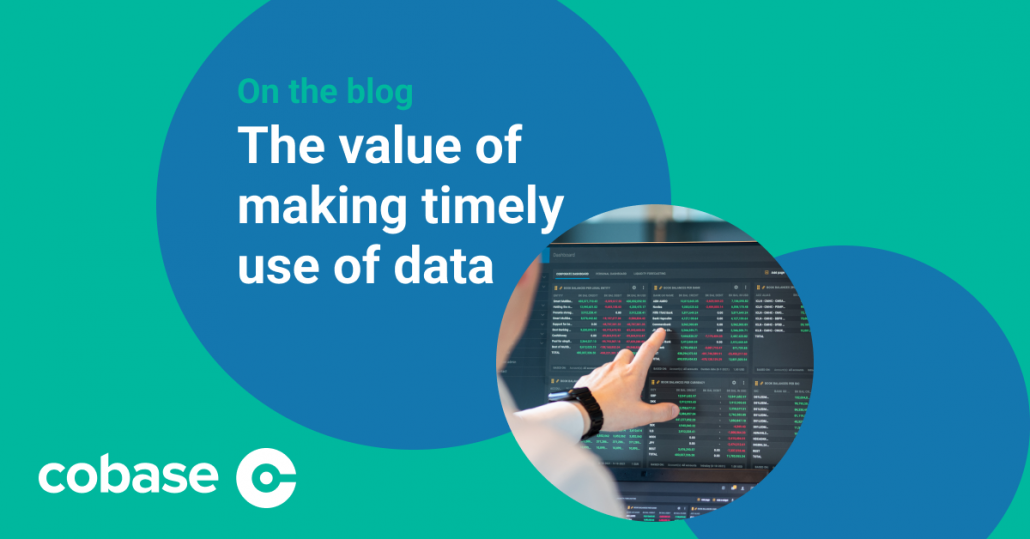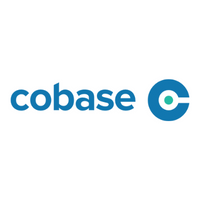The value of making timely use of data
04-08-2022 | Cobase | treasuryXL | LinkedIn |
Since the start of the pandemic, the unprecedented financial stresses companies have underlined the potential consequences of underestimating risks and the value of building multiple business scenarios and corresponding options.

In the first in a series of blogs, we outline best practice for reviewing key financial data and look at the value of treasury dashboards and why cash forecasting is being undertaken more regularly, as well as exploring trends in payments.
The phrase ‘time is money’ is highly applicable in treasury environments where there are significant fluctuations in working capital availability. Companies that fall into this category benefit from at least daily reviews of key financial data. In companies where capital is constrained, reviewing existing credit facilities on a weekly basis is a sensible approach.
The pace of economic change at national and global level also demands more regular cash forecasting. With market conditions changing regularly, treasurers need to take a shorter-term view and implement monthly or even weekly forecasts.
This is backed up by research, showing that treasurers have increased their focus on cash forecasting in the last few years and intend to commit additional resources to this area, including investing in tools to generate better information about payments, receivables and forecasting, and technology to integrate cash flow forecasting into day-to-day banking flows.
Visual representation of key data is useful for helping senior management understand corporate cash positions. Treasury dashboards that present historic, current and projected financial information via charts and graphs allow for better decision-making.
They also enable the treasurer to produce user-definable reports on financial transaction data such as receivables and payables, cash on hand, currency exposures and days outstanding. These can be used to inform hedging strategies as well as enabling treasury teams to proactively report on their activities and play a more influential role in their organisation.
Reducing bank account complexity is another key treasury objective, which can be achieved through the use of virtual accounts that support automated receivables reconciliation processes and higher invoice matching rates while lowering banking costs.
One of the key cash flow and liquidity levers available to businesses is delayed payments. Every company wants to receive monies owed on time, but very few have never made a late payment to a supplier – particularly larger organisations with greater bargaining power.
Flexible payment terms are a key mechanism to manage and make the best use of cash flow, but this strategy may not be an option for small businesses. In this context, real-time or instant payments could be the answer, allowing businesses to hold on to cash for longer while paying suppliers and staff or reimbursing customers on time.
In the next blog in this series, we will look at how cash positions can be optimised through the use of specific solutions centred on connectivity and explain the pros and cons of connecting back office functions via SWIFT and how automation, frees up time for the treasurer to focus on higher value tasks.
The 7 habits of highly effective treasurers
Why are some treasury teams more adept at managing the financial challenges faced by their enterprises than others? We decided to identify some of the factors that contribute to intelligent treasury management and operational excellence and created an e-book which we would like to share with you. If you follow the habits outlined in this e-book, you will be well on the way to better cash flow and working capital management.







